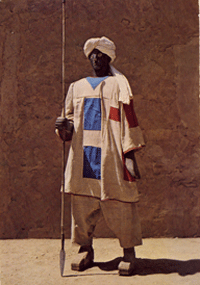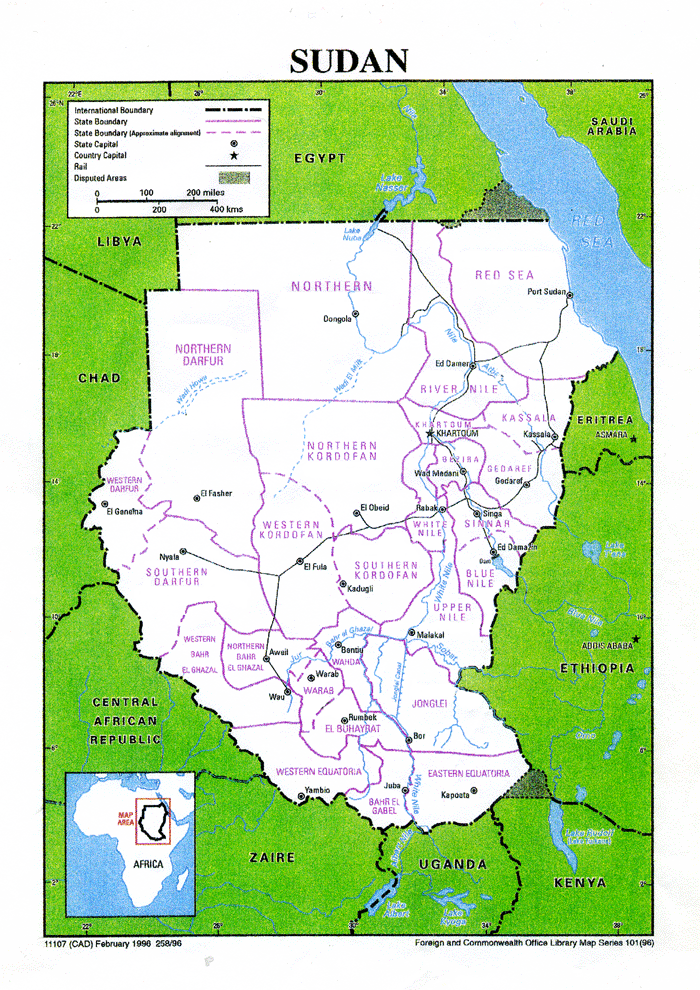
About the Sudan Study Group
History and Aims
The Sudan Study Group (SSG) was formed in 1977 by a group of enthusiasts who were at the time, members of the Oriental Philatelic Association of London (OPAL), but recognised the need for a separate group devoted solely to the study of Sudanese stamps, postal history and related subjects. Since then membership of the Group has grown to 110 worldwide.
The aim of the SSG is the study of the stamps and postal history of the Sudan in all its aspects from earliest times until the present day, to publish the results of research and give members the opportunity to meet regularly.
The group caters for all collectors, whether beginners, specialists or advanced students. New collectors are welcomed. Whether your interest is in stamps, postal routes, postal rates, telegraphs, revenues, postcards, airmails, censorship of mail, TPO’s, campaign mail or postmarks – the Sudan has it all and the Sudan Study Group offers collectors the chance to expand their knowledge and exchange information and material.
Management of the Group is in the hands of the Committee elected every two years. The Committee meets regularly to discuss a wide range of business and plan future activities of the Group. Decisions are communicated to members worldwide via the Newsletter and the journal ‘Camel Post’.
About the Sudan
The history of the Sudan goes way back in time. About 660 BC there was a Sudanese empire that subdued Egypt and ruled there for about 100 years. This was a kingdom which continued to thrive until 23 BC when it was overthrown by the Romans.
The word 'Sudan' means 'the land of the blacks' and was taken to mean a great swarth of land across Africa, from the Atlantic to the Indian Ocean. From the overthrow until about 1500 AD, the territory reverted to mainly tribal area but in 1504 the Funj dynasty was established along the Nile from Aswan to Sennar, and the area on each side. They were subdued by the Ottomans in 1520. Tribal regions reverted but in 1821 Mohamed Ali secured most of the Sudan and brought it under Egyptian (Ottoman) rule. Then in 1881 the Mahdi (meaning expected one) began to wrest the Sudan from the Egyptians. This culminated in the battle at Khartoumn when the Ansar (Mahdist followers sometimes called Dervishes) took the city with much bloodshed and killed General Gordon on the palace steps. |
 |
The Mahdists had supreme control except in Suakin on the Red Sea coast and Wadi Halfa on the Egyptian border. These two places remained in Egyptian hands. Kitchener's Gate - entrance to the ancient Port of Suakin. |
 |
In 1897 the Anglo-Egyptian force under Kitchener started the re-conquest campaign and gradually defeated the Ansar finally culminating in the battle of Omdurman. Anglo-Egyptian rule was established and this remained until 1954 when self-government was introduced. Full independance was granted in 1956. Since then a 15 year bitter civil war was waged between the Muslim north and the Christian south. After a short truce of a few hopeful years they are now fighting again with much sorrow and bloodshed. The postal history really starts with the Egyptian post offices established from 1821. Postal history material of this early period is virtually non existent but from 1870's a few items can be found in the form of stamps and interpostal seals with Sudan postal markings. The early period can be represented by these interpostal seals which occasionally turn up, generally unused, for some of the post offices. During the Mahdist period postal services ceased in all but Suakin and Wadi Halfa, althoughit is said that the Mahdi had some form of camel rider service. |
 |
